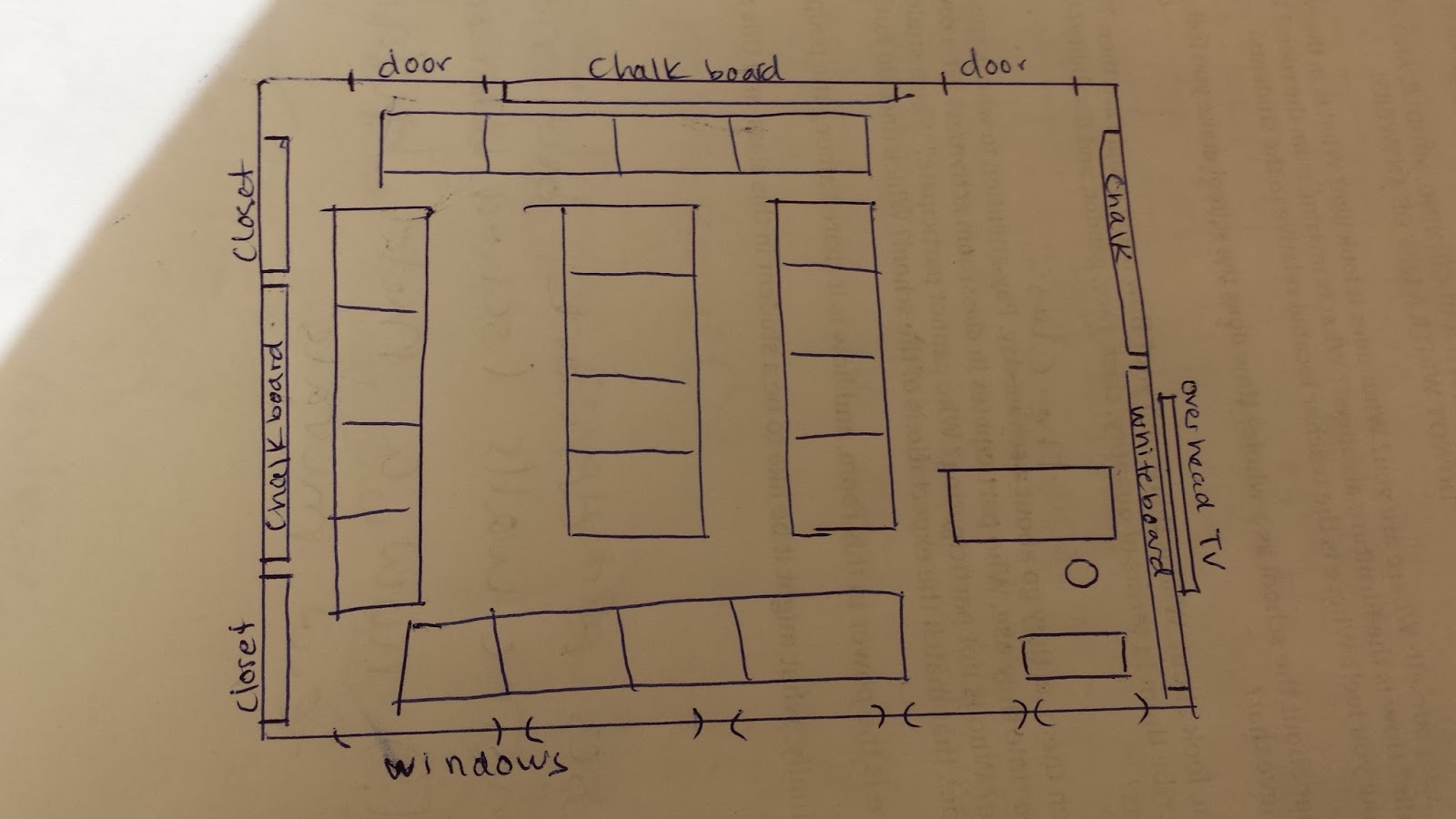I’m back in Diane Morel’s class at Bay View.
Today I sat in on one of her tenth grade US History classes. Students start to
walk into her room before the bell rings to start the period. They haven’t been
assigned seats but they each know where to sit. I imagine that if someone chose
to sit somewhere else and “mix things up” that student would be silently hated
by everyone else- you don’t mess with the seats once they have been set after
the first class or so. To do so is treason. Not to say that this class of girls
is particularly ruthless, but from my observations and my own experience I hold
this truth to be self-evident. Diane is at her desk, which is in the back right
corner of her room, pulling up the attendance page on her computer. The bell
rings as the stragglers come in just in time. It takes a minute for everyone to
sit down and take out their things. Diane takes attendance orally and gets
everyone marked down, even over the buzz of the students.
No papers were distributed or collected, but it
did seem like I was viewing a well-oiled machine when the students all opened
their iPads within the same minute or so. They take their notes on the iPads,
although perhaps two students at the most chose to take the old fashioned route
of paper and pen. A student slips in- late. Diane gives her a sharp look; the
girl sits down silently and gets ready to join the rest of the group. You can
tell that she genuinely does feel bad for being even two minutes late. To begin
the class, Diane does some “housekeeping” with the students- she tells them
when their tests will be returned and when students should have their projects
due. She allows them to speak to her without raising their hands, but this does
not make the atmosphere too confusing or crowded.
Once everyone is on the same page, the real
class begins. Diane is teaching the class about the aftermath of the election
of 1860 in which Abraham Lincoln becomes president. The class is formatted as a
lecture with an accompanying powerpoint, but there is plenty of conversation
happening. Students frequently raise their hands to ask questions, and Diane is
happy to answer them. When a student asks a particularly good question, Diane
will stop and take the time to recognize her for her insight. “Amy, that’s a
great question. Everyone, did you hear what she asked?” Diane has a fun and
sometimes even silly demeanor (doing different voices for historical people,
for example) but she can quickly switch her tone to strike a more serious cord
effortlessly. The students quiet down to listen to Amy restate her question and
only then does Diane answer.
When the students have gotten a little rowdier,
in the last 10 minutes or so of class, students favor blurting out answers or
questions over raising their hands. At one point a quiet foreign student asks
Diane a question, her voice is barely audible. Diane pauses and scolds the
class, “You know, its really not fair to Quinn when she is asking me a question
and I can’t even hear her. You all should know better, no, really, I’m serious.”
The quick break from fun Mrs. Morel who frequently reenacts historical dramas
is instantly received by the rest of the class- they’ve realized that they are
getting too noisy. It seems that the class so enjoys Diane’s good side and
respects her that they really do not want to make her be “mean.” Diane even
says it, “you all know that I don’t like to be the bad guy, so don’t make me
one.” Then, she turns back into fun Mrs. Morel, answers Quinn’s question, and
moves on with the lesson. I think that it really is a strength that she does
not let the bad interaction with the class cloud the rest of the lesson.
The bell rings and it is time for everyone to
go. Diane reminds the students to put away their textbooks in their class
cabinet as everyone leaves. She gives me a slightly tired, but satisfied look.
A good class!
